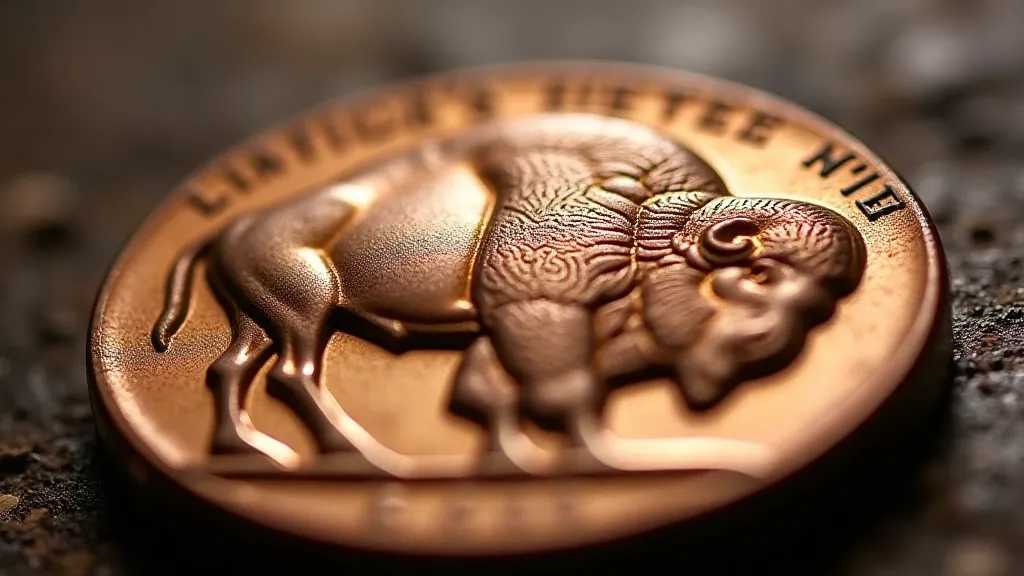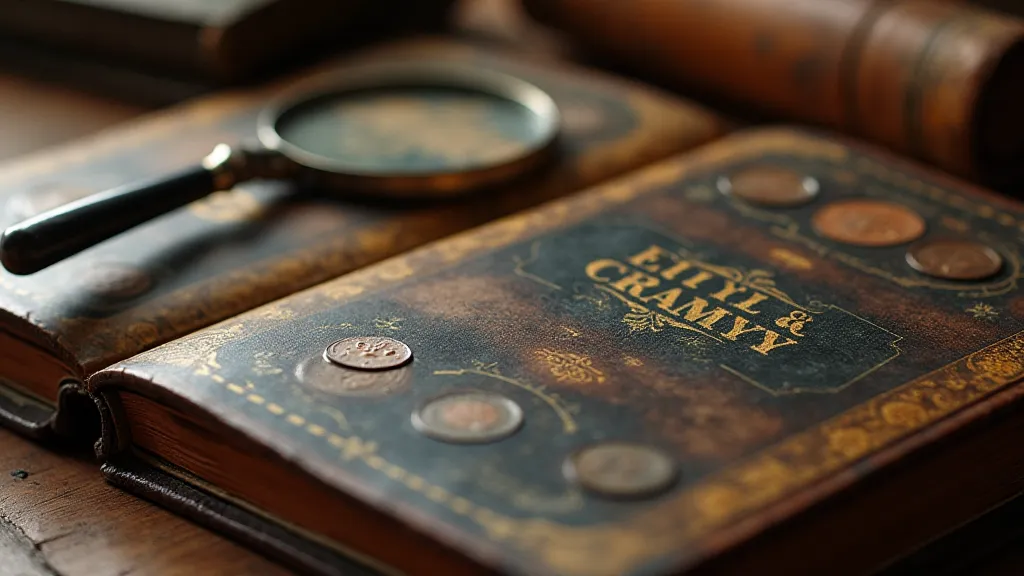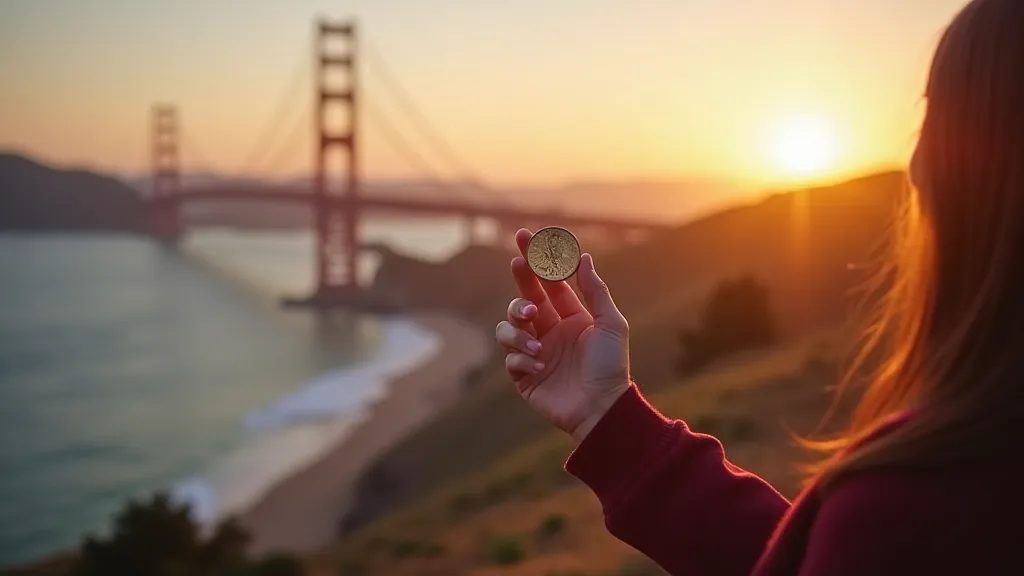From Nickel to Narrative: Crafting Stories with Your Pressed Penny Collection
There's a quiet magic in a pressed penny. More than just a souvenir, they’re tiny, enduring whispers of moments lived, journeys taken, and memories forged. While most people might glance at one and think, "A nickel, flattened," the serious pressed penny collector understands something deeper. We recognize them as miniature portals to history, artistry, and personal storytelling. This isn’t just about accumulating coins; it’s about building a narrative – a collection that speaks volumes about who you are and what you value.
Think about the humble nickel itself. A small, unassuming coin, born from a nation's industrial progress. The first nickels, introduced in 1913, celebrated the legacy of Charles Barber, its initial designer. Imagine him, meticulously crafting the image of Liberty, unaware that his work would one day be pressed into countless keepsakes, becoming entwined with the everyday experiences of generations. The shift to the Buffalo Nickel in 1913, and later the Jefferson Nickel in 1938, each marked a change in artistic style and national identity. These pennies, when pressed, carry that evolution within their form.

Beyond the Souvenir: Building Your Narrative
The beauty of pressed penny collecting lies in its flexibility. Your collection can be anything you want it to be. A simple chronicle of your family vacations? A historical timeline of landmark locations? Or perhaps even the foundation for a piece of creative fiction? It’s entirely up to you. The possibilities are truly boundless; a dedicated collector might even use their collection to map out entire journeys, much like the cartographer's coin, charting experiences across continents.
Consider the possibilities. A traveler might curate a collection documenting their journeys across the United States, each penny representing a different national park, roadside attraction, or historic site. A historian might focus on collecting pennies from specific locations tied to significant events – a Civil War battlefield, a gold rush town, or a presidential library. Imagine the stories these pennies could tell, each one pressed at a place charged with history and significance. And it’s not just about the location itself; it’s about *when* the penny was pressed, the weather, the people around you—all of these contribute to the overall narrative. For example, a study of the subtle variations in the quality of the press itself can reveal fascinating details about the machines used over time, a nuance that speaks to the whispers in the copper that permeate each coin.
For those with a more imaginative bent, a pressed penny collection can become the basis for a short story or even a novel. Perhaps the pennies represent fragments of a lost civilization, each one bearing a clue to its fate. Or maybe they are relics from a future where currency has been replaced by personalized, collectible tokens. The sheer artistry involved in both the original coin designs and the pressing process often begs to be explored further, leading some to delve into the techniques and craftsmanship of the era.
The Art of the Press: Craftsmanship and Design
Let's appreciate the artistry involved. The designs pressed into these nickels are often stunning – portraits of presidents, iconic landmarks, wildlife representations, and even licensed characters. The precision of the pressing machine is remarkable, capable of transferring these intricate designs onto the nickel with incredible clarity. Many older machines were marvels of engineering, built to last decades and faithfully churning out these souvenirs. The imperfections in the process, however, are what make these collections truly special. Think about the skill it took to design and build these machines in the first place!
However, the process isn’t always flawless. Variations in pressure, machine wear, and the quality of the original die can result in unique and often desirable anomalies. A 'weak strike' – where the details are less defined – or a 'double strike' – where the image is imprinted twice – can be prized by collectors precisely because they represent these imperfections, telling a story of the machine's operation and the inherent unpredictability of the process. These subtle shifts in the process reveal a rich history, a story etched not just on the penny, but within the mechanics of its creation. Understanding the technology behind these machines highlights the ingenuity and skill of the engineers who built them.
Examining the details of a pressed penny—the grain of the metal, the sharpness of the image, the subtle variations in color—can be a meditative and rewarding experience. It's a chance to slow down, appreciate the craftsmanship, and connect with the moment in time when the penny was pressed. This detailed observation extends beyond the visual; it’s about understanding the historical context, the manufacturing techniques, and the cultural significance of the object itself.
Preserving Your Stories: Caring for Your Collection
Like any collection, pressed pennies require a little care to ensure they last. The biggest enemy is corrosion. Air and moisture can react with the metal, leading to discoloration and damage. Gentle handling is paramount – these are delicate objects and can easily be bent or scratched. Avoid touching the surface of the pennies with your bare hands, as the oils from your skin can contribute to corrosion. Handling them with cotton gloves is a good practice for serious collectors.

Storage is key. Specialized pressed penny albums are available, designed to hold the pennies securely and protect them from the elements. These albums often have clear plastic sleeves that prevent the pennies from touching each other and reduce the risk of scratches. Alternatively, archival-quality plastic penny holders can be used. Store your collection in a cool, dry place, away from direct sunlight and extreme temperatures. Avoid storing them in plastic bags, as these can trap moisture and accelerate corrosion. Consider how the pressure exerted during the pressing process itself reflects the limitations and ingenuity of the machines involved, a fascinating detail for dedicated enthusiasts.
If you notice signs of corrosion, there are some gentle cleaning methods you can try, but proceed with caution. A soft cloth and distilled water are often sufficient for removing surface dirt. More stubborn stains may require a specialized coin cleaning solution, but always test the solution on a less valuable penny first to ensure it doesn’t damage the surface. Remember, some collectors value the patina – the natural aging process – and prefer to leave the pennies as they are. This "patina" is a testament to the passage of time and the coin’s interaction with its environment; it's a visual record of the journey each penny has taken.
The Enduring Appeal: More Than Just a Nickel
Pressed penny collecting is a niche hobby, but it’s one that offers a unique blend of history, artistry, and personal storytelling. It’s a chance to connect with the past, explore the world, and express your creativity. It's about recognizing that even the smallest objects can hold the greatest significance. Each pressed penny is a tiny testament to a moment, a place, and a story waiting to be told. The methods used to craft these coins reveal fascinating insights into the ingenuity and innovation of past generations – a topic often explored in greater depth by serious collectors studying echoes in bronze and the lost art of hand-pressed pennies.

Beyond the individual story held within each penny, the collective experience of collecting and sharing these souvenirs fosters a vibrant community. Collectors often swap stories, trade pennies, and collaborate on projects that celebrate the hobby. This shared passion creates a unique sense of belonging and a deeper appreciation for the history and artistry captured within each tiny coin. It's a reminder that even the smallest details can hold profound meaning when viewed through the lens of shared experience and a passion for discovery. The opportunity to connect with others who share a similar interest reinforces the idea that these small objects have the power to unite people across generations and geographical boundaries.





